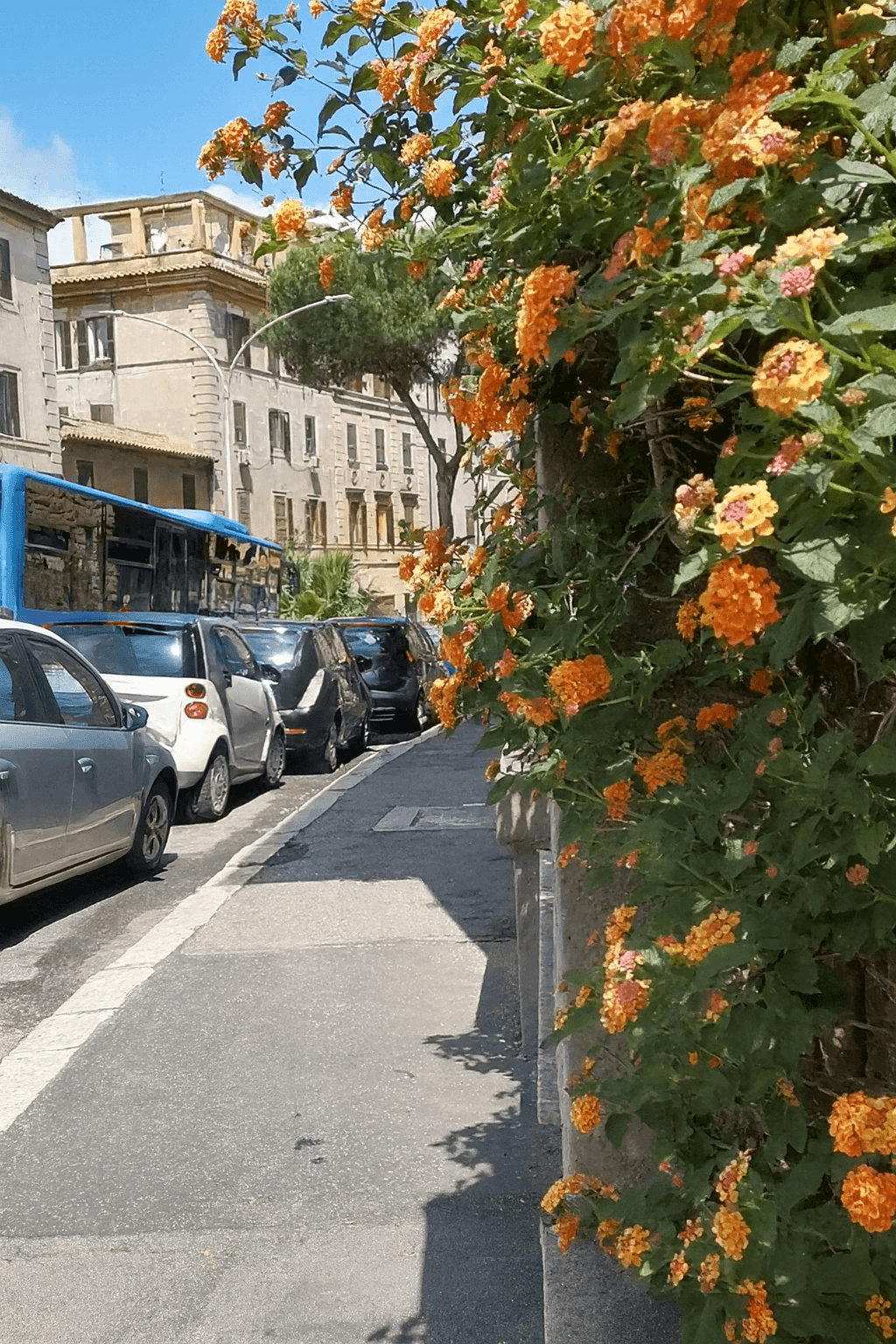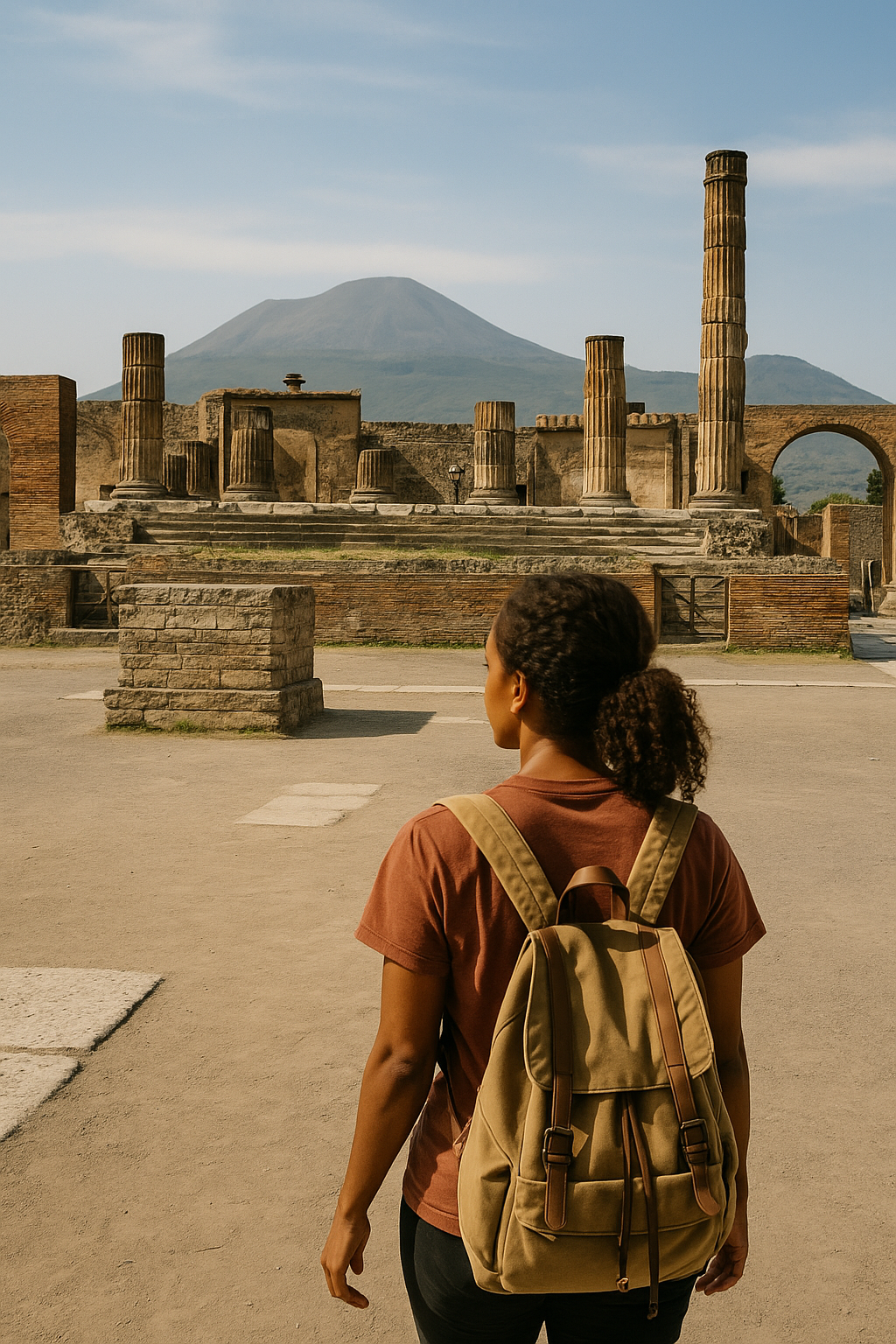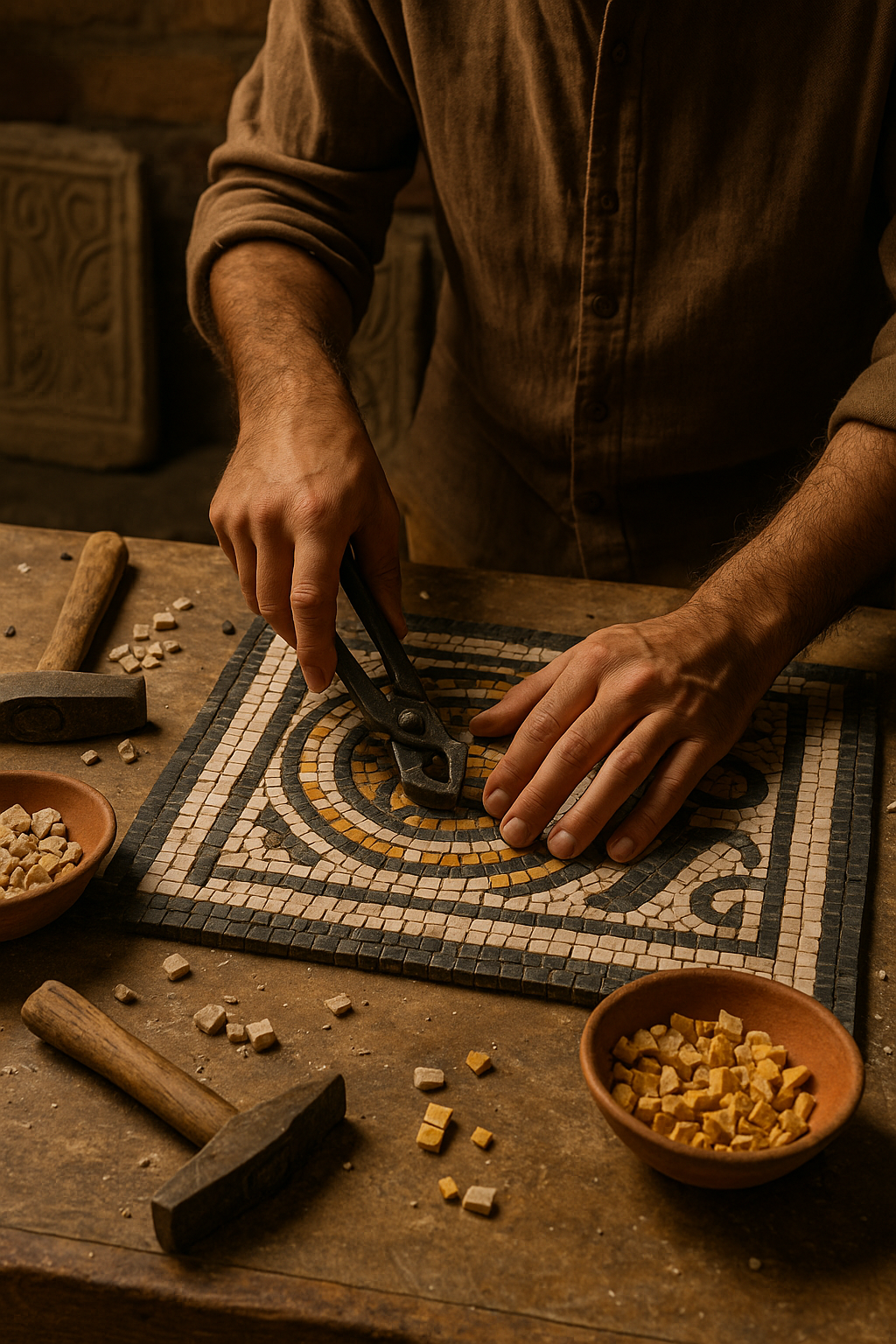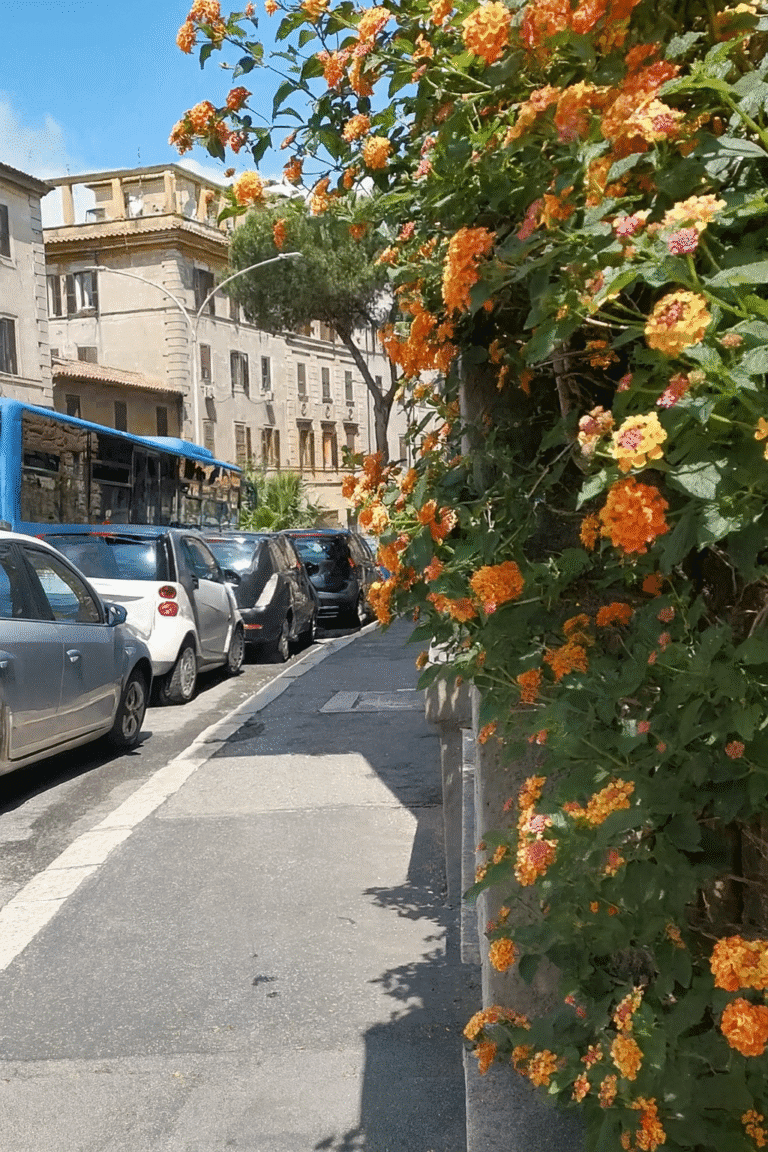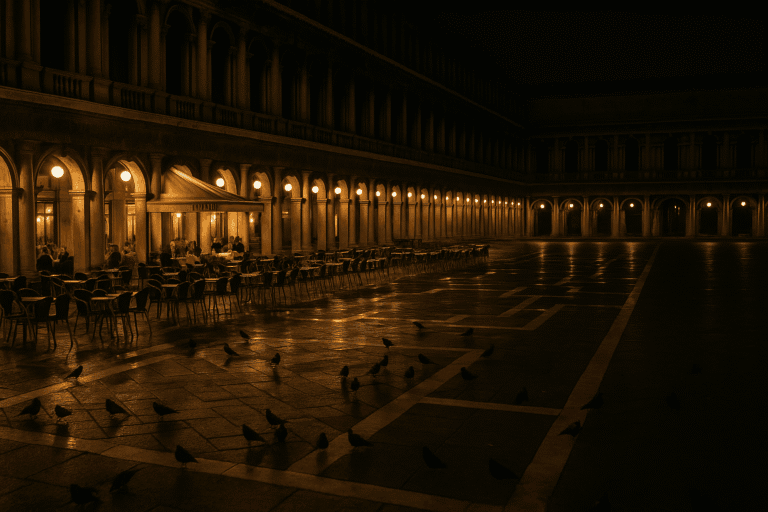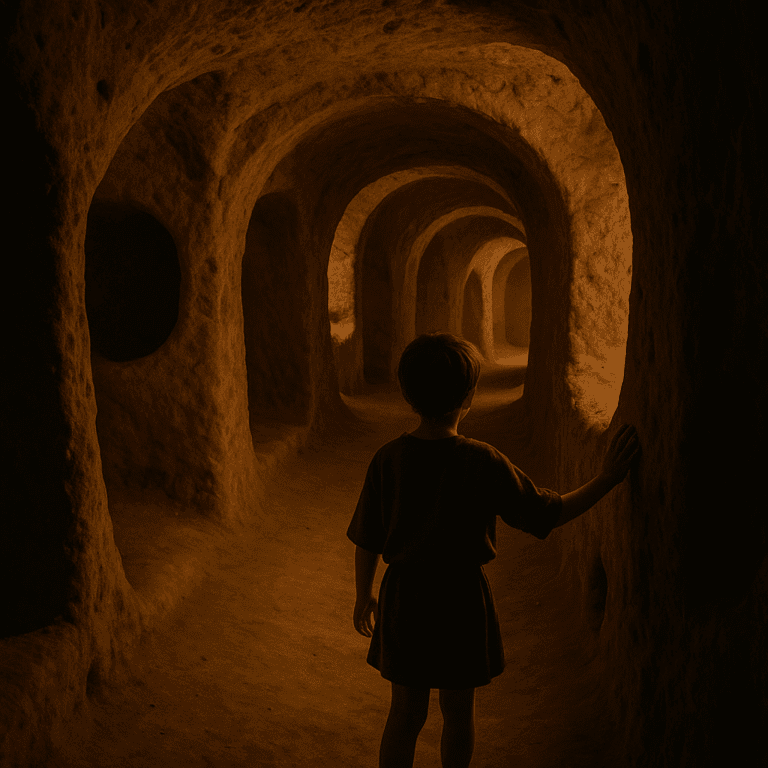The popular soul of Rome: stories from Garbatella
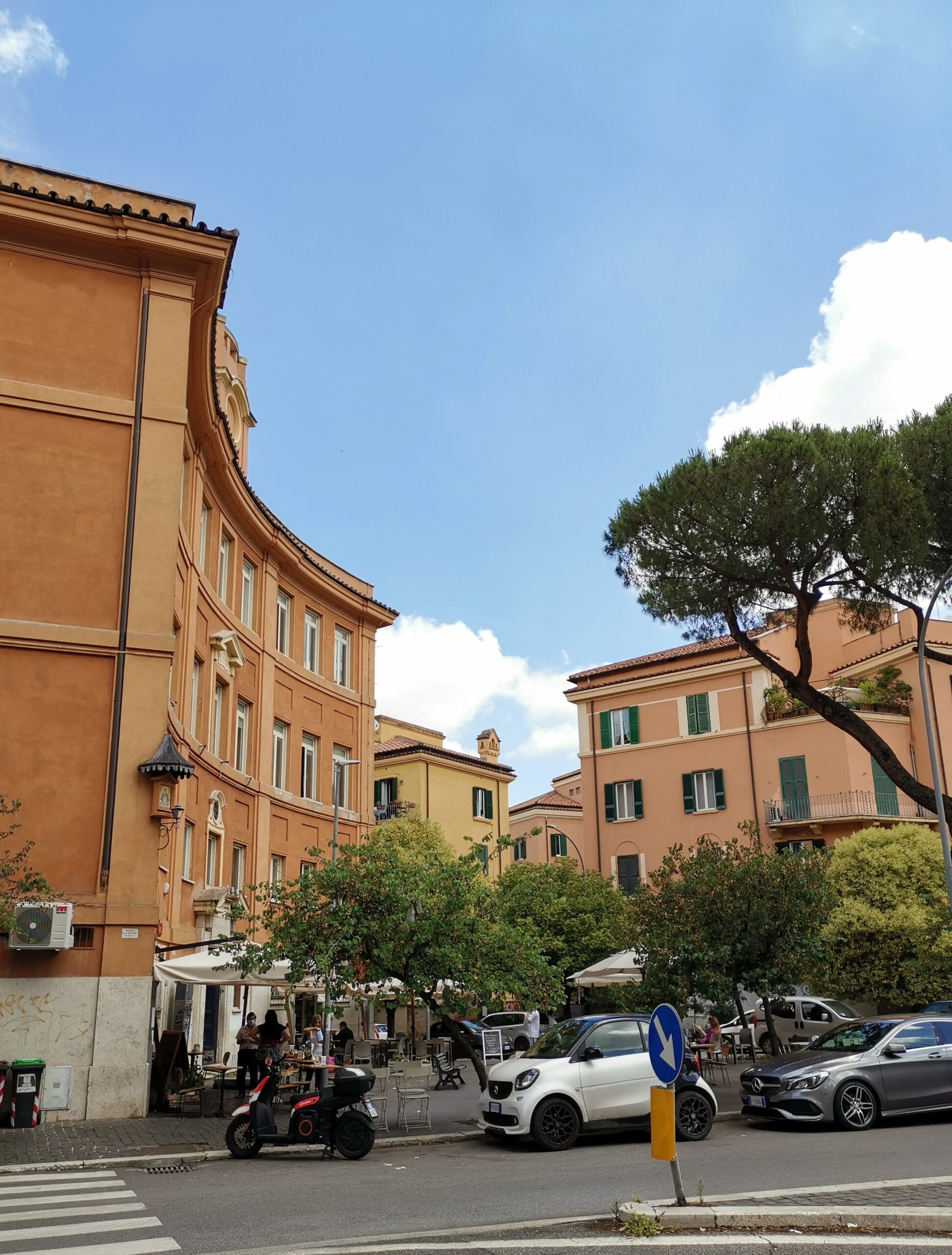
🌸 Garbatella: Rome's secret garden that lives on in the everyday
Rome can shout from its majestic monuments, but in Garbatella The city speaks softly. This neighborhood was born in 1920 as città giardino for workers. Today, it's off the tourist trail and showcases a simple Rome, with courtyards, garlands, and bustling staircases.
📍 Geography and connection
Garbatella is south of Trastevere, in the left bank of the Tiber. It connects to the Ostiense neighborhood by the modern Ponte Settimia Spizzichino, which leads directly to the Basilica of San Paolo outside the MuraA few steps away is the Garbatella metro station (Line B), which connects to the center of Rome in minutes.
🏡 Patios and architecture
Among the Lotti, houses grouped around communal patios, the charm of the Roman BarocchettoExterior staircases, flower-filled balconies, arches, and simple details transform popular architecture into urban poetry. Garbatella was conceived as a garden city and still retains a welcoming, neighborhood feel.
🕰️ History and origins
Garbatella was born in 1920 as a working-class neighborhood. There lived railway and port workers who worked in the Ostiense industrial zone. However, With the fascist regime, its destiny changed. Mussolini evicted entire families from the central neighborhoods to open new monumental avenues, such as the Via dei Fori Imperiali and the Via della Conciliazione.
Rome wasn't always as we see it today. These avenues, which seem natural in the urban landscape, were built after demolishing medieval houses where thousands of people lived. Many families then moved to Garbatella and other outlying neighborhoods.
From there comes the particular soul of this place. It is a mixture of workers proud of their trade and expelled families who had to rebuild their lives in the community.
The name of the neighborhood also holds a mystery. Some say it comes from a friendly innkeeper—the “garbata ostella”—. Others relate it to cultivated vines a scribbleIn any case, the name sounds like a perfect play on words: Garbatella, garbata and bella.
⛪ Churches and everyday spirituality
John Paul II chose the Church of San Francesco Saverio for his first pastoral visit as Pope, in December 1978. It was a gesture charged with emotion because of his youthful ties with that parish. Nearby, the San Filippo Neri in Eurosia recalls the presence of the Oratorians and the simple religious pulse of the neighborhood.
As night fell, the Via delle Sette Chiese It's lit up with festive garlands. It invites you to wander around it calmly, as if every corner wants to tell a story.
🌳 Piazza Giardino Monsignor Desiderio Nobels
One of the places where you can feel the true Garbatella is the Piazza Giardino Monsignor Desiderio NobelsThere is the church of Saint Philip Neri and the Cesare Baronio School, which fills the square with youthful energy.
Under the majestic stone pines, everyday life becomes a spectacle. The neighbors drink water from the nasone, children run out of school and school employees Lazio Region They cross at noon to have lunch in small restaurants. Besides, Every scene is filled with laughter and home-cooked meals.
Each second Sunday of the monthThe square takes on a festive atmosphere. A market offers cheeses, porchetta, craft beers, and fresh produce, while light music accompanies neighborhood conversations.
🚶 Walking Garbatella
But Garbatella is not limited to a square. It is walk through its steep streets, go up and down stairs and stop at every corner where the neighborhood breathesWalking through Garbatella allows you to experience Rome in a different way: intimate, everyday, and deeply authentic.
✨ Garbatella is a underrated, almost secret quartiereWhoever discovers it understands its magic. Here, the Eternal City becomes more human: made of lit garlands, vibrant squares, cafes under pine trees, and the calm voice of Rome that can only be heard in silence.
